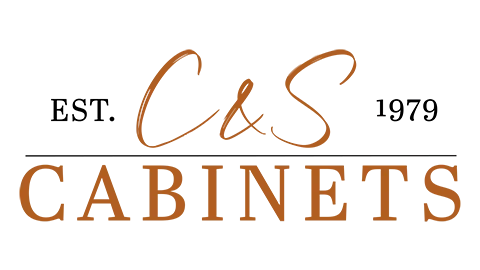
Clever Storage Solutions for Kitchen Cabinets
The kitchen, often lauded as the heart of the home, plays a pivotal role in daily life. It’s where meals are prepared, where families gather, and where memories are made. But beyond its social and functional purposes, the kitchen’s organization significantly impacts our daily routines and overall well-being. A well-organized kitchen streamlines cooking processes, reduces stress, and enhances the joy of culinary exploration. It’s not just about having a place for everything and everything in its place; it’s about creating a space that supports your lifestyle, encourages culinary creativity, and brings joy through its aesthetic appeal.
The Vital Role of Custom Cabinets
Standard cabinets often come in predetermined sizes and styles, offering a one-size-fits-all solution that, paradoxically, fits few perfectly. Custom cabinets, on the other hand, are tailored to meet the specific dimensions and storage needs of your kitchen, ensuring every utensil, appliance, and ingredient has a designated spot. This customization extends beyond mere functionality; it allows homeowners to infuse their space with personal style, choosing materials and finishes that reflect their taste and complement the home’s overall design.
Testimonials and Case Studies
Consider the story of Emily, a passionate home chef who struggled with a cluttered kitchen. After installing custom cabinets designed with specialized storage for her baking tools and spices, Emily found cooking and baking to be more enjoyable and less time-consuming. Her story echoes a common sentiment: custom cabinets transform kitchens into spaces that inspire rather than frustrate.
The Design Process
Working with a cabinet maker or designer opens a world of possibilities. The process begins with a consultation to understand your needs, followed by the selection of materials and finishes that suit your style. Whether it’s the rustic charm of reclaimed wood or the sleek appeal of high-gloss laminate, the choices are as varied as they are beautiful. The collaboration continues through the design phase, with 3D renderings allowing you to visualize the end result and make adjustments before the installation begins.
Innovations in Cabinet Design
Pull-Out Drawers and Shelves
Imagine effortlessly sliding out a drawer to access pots and pans without having to stoop and rummage through a crowded cabinet. Pull-out solutions offer this convenience, making it easier to find and retrieve what you need, reducing clutter and maximizing space efficiency.
Corner Cabinet Optimizers:
The dreaded corner cabinet, often a wasteland of inaccessible items, can be transformed with solutions like lazy Susans and swing-out shelves. These innovations make use of every available inch, turning a potential pitfall into a storage powerhouse.
Vertical Dividers:
Vertical dividers create a perfect home for baking sheets, cutting boards, and serving trays, organizing them in an upright position for easy access. This simple yet effective solution prevents items from being stacked and forgotten.
Emerging Trends:
As we look to the future, kitchen cabinet design continues to evolve. Eco-friendly materials are becoming increasingly popular, appealing to homeowners who prioritize sustainability. Bamboo, recycled plastics, and even reclaimed wood offer durable, beautiful alternatives to traditional materials.
Tech-integrated solutions are also on the rise, reflecting the modern homeowner’s desire for convenience and connectivity. Cabinets with built-in USB ports keep devices charged and ready, while integrated speakers can play your favorite cooking playlist or podcasts, making time spent in the kitchen more enjoyable.
Customization to Enhance Lifestyle
The kitchen is no longer just a place for cooking; it’s evolved into a multifunctional hub for dining, socializing, and even working. This shift has necessitated a rethinking of kitchen design, particularly when it comes to storage. Custom cabinets play a pivotal role in this transformation, offering solutions that go beyond mere functionality to enhance lifestyle and accommodate the diverse activities that now take place in the kitchen.
Multifunctional Spaces:
Custom cabinets can be designed to create zones within the kitchen for various activities. For instance, a breakfast nook with built-in seating and storage can double as a space for morning meals and afternoon homework. Similarly, a kitchen island with customized drawers can serve as a cooking prep area, dining table, and storage unit all in one, equipped with outlets for charging devices or even a hidden pop-up TV for entertainment.
Special Diets and Culinary Interests:
For those with specific dietary needs or culinary passions, custom cabinets can be tailored to store and organize unique ingredients and equipment. A dedicated vegan pantry, for example, can feature separate containers for grains, nuts, and seeds, with pull-out spice racks for easy access to flavorings. Baking enthusiasts might appreciate deep drawers for flour and sugar bins, specialized storage for sheet pans, and a mixer lift that keeps heavy appliances out of sight but easily accessible. Similarly, a section for gourmet spices, complete with tiered shelving, ensures that exotic flavors are always within reach, inspiring culinary exploration.
A Detailed Guide to Implementing Storage Solutions
Creating an organized kitchen that meets your specific needs requires careful planning and consideration.
Here’s a step-by-step guide to evaluating and implementing effective storage solutions:
Assess Your Needs
Start by inventorying everything in your kitchen. Group items by category (cookware, food, utensils) and note how frequently you use them.
Consider your kitchen activities: Are you an avid baker, a meal prep enthusiast, or a gourmet cook? Tailor your storage solutions to fit these roles.
Plan Your Space
Use a kitchen planner or work with a designer to map out where each item or category of items will go. Think about workflow and try to keep items close to where they will be used.
Choose Custom Solutions
Decide which custom features will best meet your needs. Consider deep drawers for pots and pans, appliance garages for small appliances, and custom inserts for cutlery and utensils.
Implement Organizational Systems
Introduce dividers, lazy Susans, and pull-out shelves to maximize space in cabinets and drawers. Use clear bins and labels to keep pantry items visible and organized.
Maintain Your Organization:
Develop routines for decluttering and reorganizing. Seasonal changes often provide a good opportunity to clean out and reassess your kitchen’s organization.
Integrate organizational habits into your daily life, such as cleaning as you go and returning items to their designated spots after use.
Beyond Storage – Aesthetic Considerations
The utility of custom cabinets in organizing kitchen essentials is undeniable, yet their contribution extends far beyond mere functionality. Custom cabinets significantly influence the aesthetic appeal and ambiance of the kitchen, serving as a testament to the homeowner’s style and the home’s architectural beauty.
Integrating Design with Functionality:
Custom cabinets are instrumental in defining the kitchen’s character. They can be designed to stand out as a focal point or blend seamlessly with the home’s architectural elements, offering both beauty and functionality. For instance, a vintage-style cabinet can add a touch of nostalgia to a modern kitchen, while sleek, minimalist cabinets can complement a contemporary home’s clean lines and simple aesthetics.
The Impact of Hardware and Finishes:
The choice of hardware and finishes plays a crucial role in customizing the look and feel of kitchen cabinets. Hardware, like handles and knobs, is not just a functional necessity but also a key design element. Opting for brass hardware can add warmth to the kitchen, while polished chrome or stainless steel offers a more modern, sleek look.
Finishes, whether painted, stained, or laminated, offer an additional layer of customization. A high-gloss finish can reflect light, making a small kitchen appear larger and more open, while matte finishes can contribute to a more subdued, elegant atmosphere.
Tips for Matching with Decor Style:
Understand the Undertones: Pay attention to the color undertones in your kitchen’s palette. Warm-toned woods pair well with brass or gold hardware, while cooler-toned cabinets might benefit from silver or chrome hardware.
Consider the Cabinet Style: Traditional cabinet designs might call for more ornate hardware, while simple, clean-lined cabinets work best with minimalist hardware designs.
Finish with Flair: Choose finishes that complement your kitchen’s overall theme. For a rustic kitchen, consider a brushed or antiqued finish. For modern spaces, sleek laminates or bold colors can make a statement.
The kitchen, often celebrated as the heart of the home, embodies more than a space for culinary pursuits—it’s a gathering place, a spot for creativity, and a reflection of personal style. Custom cabinets play a crucial role in enhancing this space, addressing storage challenges while elevating the joy and satisfaction derived from cooking and living in a well-organized environment. Their ability to marry functionality with aesthetic appeal allows homeowners to craft a kitchen that’s not only efficient but also beautiful.
Imagine the possibilities that custom cabinetry can bring to your kitchen. Whether you’re dreaming of a complete transformation or a simple refresh, the first step towards a more organized, functional, and aesthetically pleasing kitchen begins with custom cabinets.
Schedule a consultation with our team today, and explore the endless possibilities in person.

